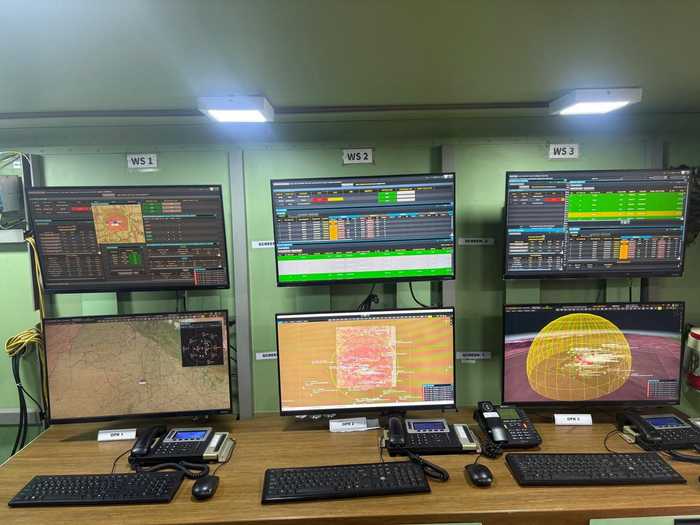Published 18:27 IST, November 12th 2024
Indian Army’s Project Akashteer Advances India’s Air Defence Capabilities, Phased Induction Underway
The Indian Army has launched Project Akashteer, a next-generation air defence system designed to enhance India’s airspace security with advanced technology.
- Defence
- 3 min read
New Delhi, India - In a monumental leap for India's defence modernization, the Indian Army has launched Project Akashteer, a next-generation air defence system designed to revolutionize India’s air security capabilities. Part of the Army’s “Decade of Transformation” and “Year of Tech Absorption,” this initiative is aligned with India’s goals to address contemporary aerial threats with speed, accuracy, and precision.
The system underwent rigorous real-time validation recently, showcasing its capabilities in a simulation that mimicked potential future combat scenarios. A senior military official, present at the validation, praised the project team for their dedication and remarked on Akashteer’s transformative role in elevating India’s air defence readiness.
Project Highlights and Strategic Advantages

- Comprehensive Sensor Fusion: Akashteer integrates a wide range of air defence sensors from both the Indian Army’s Air Defence (AAD) and the Indian Air Force (IAF). This seamless “bottoms-up” fusion ensures that a consolidated and real-time air picture is available across the force, from senior commanders to the smallest operational units. This unified airspace view enhances situational awareness, allowing for better-coordinated and precise threat response.
- Automated Operations for Speed and Precision: In modern air defence, timing is crucial. Akashteer’s automation feature eliminates the delay of manual data entry, ensuring the system operates at maximum efficiency. For example, an enemy aircraft at supersonic speed can cover 18 kilometres in a single minute, leaving no room for manual intervention. Akashteer’s automated data processing allows for rapid identification and response, ensuring India’s air defences are ready at every second.
- Decentralised Engagement Authority: A critical advantage of Akashteer is its decentralised engagement protocol, which allows front-line units to make immediate engagement decisions without waiting for central command authorization. This autonomy empowers soldiers in critical zones, such as those in the Northern and Eastern Commands, to respond swiftly while retaining control measures to prevent friendly-fire incidents. This feature is particularly beneficial for securing high-threat areas along contested borders.
- Advanced Real-Time Air Picture: The system aggregates data from multiple advanced sources, including 3D Tactical Radars, Low-Level Lightweight Radars, and the Akash Weapon System, delivering a comprehensive, multi-dimensional view of the airspace. This real-time, layered air picture aids both strategic planning and immediate decision-making, ensuring Indian forces are equipped with the most accurate and timely information to safeguard India’s skies.
- Built-in Redundancy and Scalability: Akashteer is designed with inherent redundancy to maintain communications even under hostile conditions. In addition, its software and hardware are built for scalability, making the system adaptable to future technological advancements and operational shifts. This adaptability ensures that Akashteer will remain a cornerstone of India’s air defence for years to come.
- Flexible Deployment for Varied Tactical Needs: Akashteer offers deployment flexibility to cater to diverse tactical requirements. Mobile platforms are available for strike formations, while hardened, land-based systems have been provided for pivot formations. This adaptability allows Akashteer to support a broad spectrum of operational scenarios, reinforcing India’s multi-front defence posture.
Induction Timeline and Future Readiness
The phased induction of Project Akashteer is well underway. Of the total 455 systems required, 107 have already been deployed, with another 105 slated for delivery by March 2025. The remaining units are expected to be inducted by March 2027, progressively expanding air defence coverage across the Army’s units and formations.

Project Akashteer exemplifies the Indian Army's commitment to technological innovation and its strategic pivot towards self-reliance in defence. By embracing advanced automation, decentralization, and real-time data integration, the Indian Army is positioning itself as a regional leader in air defence technology. As Akashteer’s rollout continues, India will benefit from an enhanced, vigilant airspace, ready to counter any evolving threats.
Updated 18:27 IST, November 12th 2024